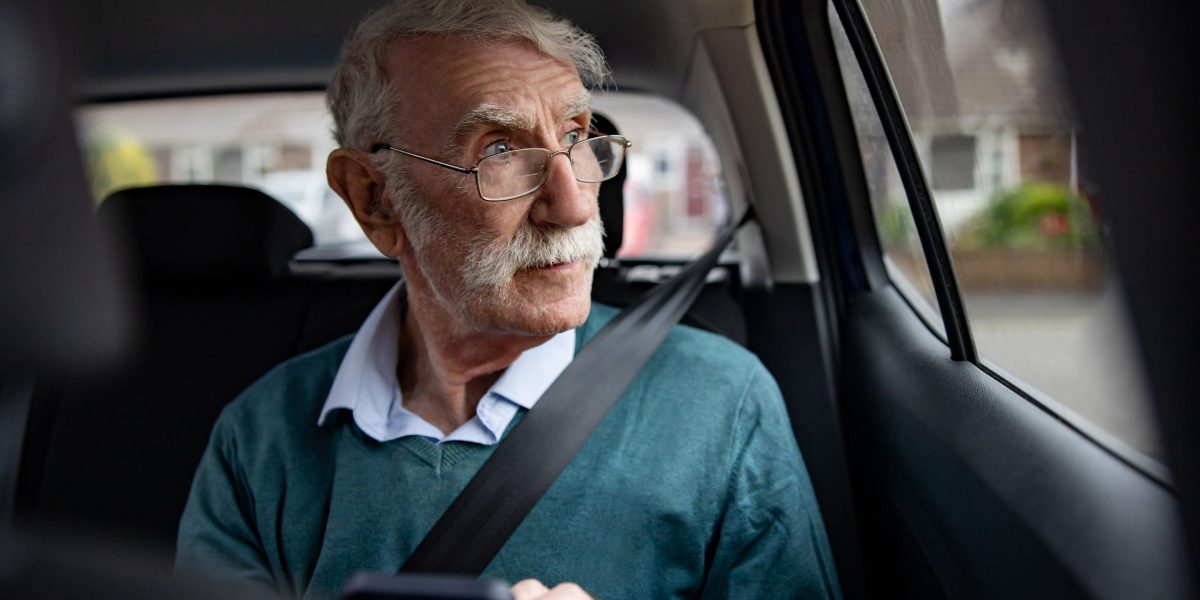Tramaine Carr, a Lyft driver based in Atlanta, Georgia, has become an instrumental figure in the community, serving as a medical chauffeur for elderly and sick patients. Her job entails ferrying these individuals to and from their medical appointments: from the regular doctor’s visit to trips to the emergency room, occasional kidney dialysis, cancer care, physical therapy, and other health-related appointments.
This unassuming Lyft driver encapsulates a shift in the state’s medical transportation system; a trend that replicates itself in several other states including Washington, D.C., Mississippi, and Arizona. For many, ride-hailing services like Lyft and Uber are valuable alternatives to medical transport firms and non-emergency ambulance providers.
Her service extends beyond Atlanta’s metropolitan area. In rural Georgia, when people are too ill to drive themselves to medical facilities, services like Lyft and Uber often become their primary transportation option.
This reliance on ride-hailing services for medical transportation is further highlighted by the rural hospital closures in Georgia. This situation compels residents, especially those suffering from serious illnesses like cancer, to commute for two or more hours to access treatment facilities within Atlanta.
According to data from Lyft, within the two-year span from April 2022 to April 2024, there were numerous Lyft rides recorded that traversed more than 50 miles and had beginnings or ends at Atlanta medical institutions. Most of these trips were less than 100 miles long, but a significant portion surpassed that range, indicating even those residing several hours away from Atlanta depend heavily on these services for medical care.
Lyft isn’t alone in this sector. The health care division of Uber, Uber Health, also arranges medical transportation for Medicaid and Medicare recipients, as well as health care professionals. Similarly, Lyft offers programs like Lyft Assisted and Lyft Concierge to help coordinate rides for patients.
Nationwide, several insurance providers and cancer treatment centers, along with Medicare Advantage and state Medicaid plans, cover these ride-hailing costs in an effort to limit missed appointments.
Unfortunately, some illnesses still face the problem of having no transportation to their appointments. Conversely, the ability to access medical transportation could very well serve as a roadblock to receiving necessary health care.
Rural areas in America, which arguably require these services more due to the scarcity of medical facilities, often face a scarcity of these services as well. On the other hand, finding drivers who are capable and motivated to offer medical transportation services can also prove a tall task.
In spite of everything, medical transport services could save patients and insurers a considerable sum by cutting down on costly ambulance fees. However, many argue that the ideal solution would be the expansion of Medicaid, allowing more rural hospitals to keep their doors open and enabling Georgians to receive medical care closer to home.
Until more Georgians get insured, state subsidies of Uber and Lyft rides for less well-off citizens needing medical care in Atlanta could be a viable solution. However, not every ride-hail driver seems up for the task. Despite some drivers finding the role stressful, others, like Carr, find immense joy and fulfillment in the work. They value the opportunity to create a human connection and help those in need.




